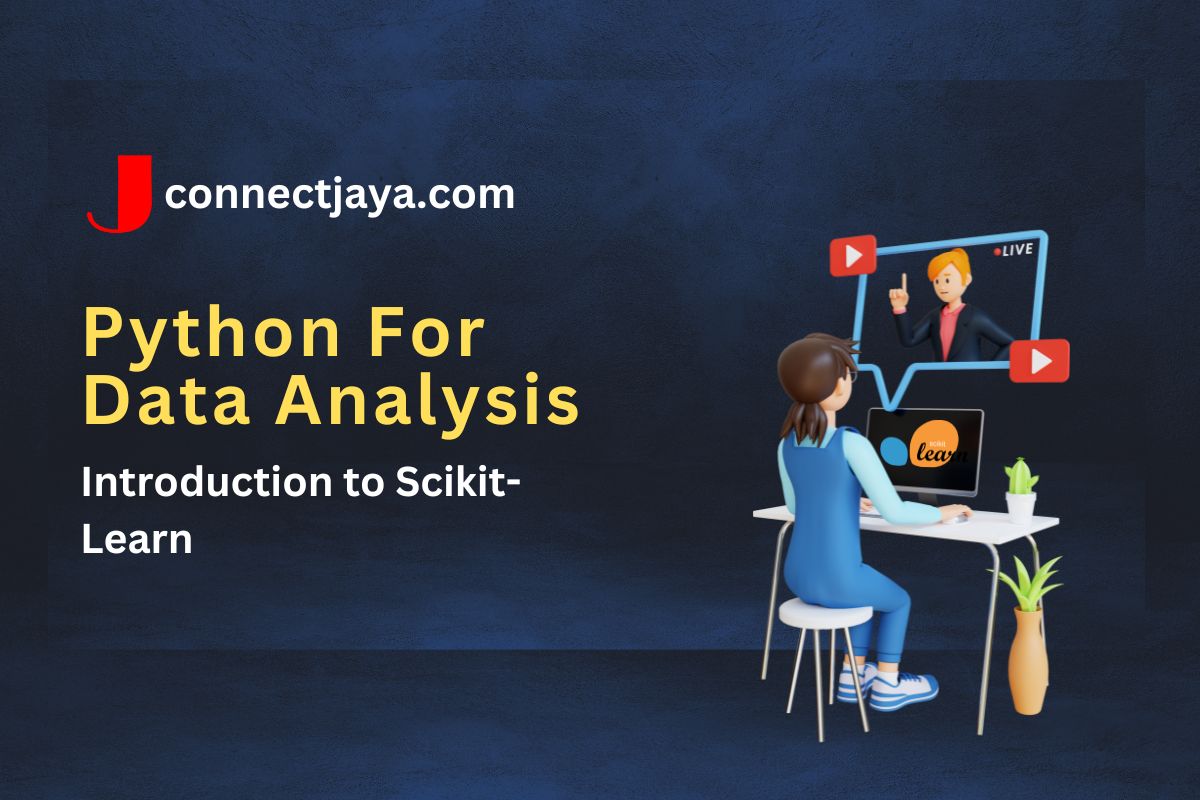Scikit-Learn (also known as sklearn) is a popular machine-learning library in Python. It provides a wide range of algorithms and tools for building machine learning models, including classification, regression, clustering, and dimensionality reduction.
Some of the key features of Scikit-Learn include.
- Simple and consistent API: Scikit-Learn provides a consistent API for working with different machine learning algorithms, which makes it easy to switch between algorithms and experiment with different models.
- Well-documented: Scikit-Learn has excellent documentation, which makes it easy to learn and use.
- Efficient implementations: Scikit-Learn provides efficient implementations of many machine learning algorithms, which can handle large datasets and scale to a wide range of applications.
- Interoperability with other libraries: Scikit-Learn is designed to work seamlessly with other scientific Python libraries, such as NumPy and Pandas.
Here’s an example of how to use Scikit-Learn to build a simple linear regression model.
from sklearn.linear_model import LinearRegression import numpy as np # Generate some random data np.random.seed(42) X = 2 * np.random.rand(100, 1) y = 4 + 3 * X + np.random.randn(100, 1) # Create a linear regression model and fit the data model = LinearRegression() model.fit(X, y) # Make a prediction for a new input X_new = np.array([[0], [2]]) y_new = model.predict(X_new) print(y_new)
In this example, we first generate some random data using NumPy. We then create an LinearRegression object from Scikit-Learn and fit the model to the data using the fit() method. Finally, we use the predict() method to make a prediction for a new input.
This example demonstrates the simplicity and ease of use of Scikit-Learn, as well as its ability to handle basic machine-learning tasks. With Scikit-Learn, you can easily experiment with different algorithms, hyperparameters, and data preprocessing techniques to build more advanced machine-learning models.

